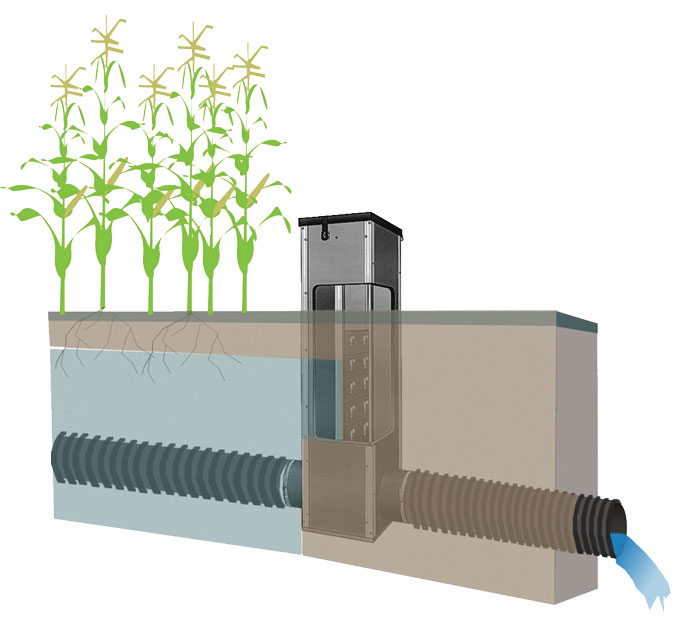No-Till Farmer
Get full access NOW to the most comprehensive, powerful and easy-to-use online resource for no-tillage practices. Just one good idea will pay for your subscription hundreds of times over.

Years ago, the president of the National Speakers Association was asked, “Does a speaker need to use humor in a presentation?” His answer: “Only if you want to get paid.”
My question for you today is, “Does a no-till field need to have good drainage?” My answer is below.
When yield monitors became available on combines 30 years ago, farmers gained a valuable tool to analyze crop production and make knowledgeable decisions.
The No. 1 lesson learned was the value of good drainage or, vice versa, the cost of poor drainage as verified by low yield numbers. As a result, fields were “leveled” to eliminate low spots, improving surface drainage. Millions of acres had tile installed, either for the first time or to “split the middles.” States in the Midwest, primarily Minnesota, Iowa, Illinois, Indiana, Ohio and Michigan, have about 50 million acres with tile drainage, according to the 2022 Ag Census.
For continuous no-till, good drainage — both surface and tile — is essential. 13 years ago, no-tiller Jim Leverich, who worked for the University of Wisconsin Extension, wrote the following in No-Till Farmer about wet soils at planting time:
“When it comes to no-till, getting your crops planted and off to a good start is paramount. But wet conditions in a field, or a portion of a field, may limit your ability to plant. That can lead to reduced stands and possibly lower yield potential.”

CONTROLLED DRAINAGE. The vertical drainage structure pictured in this illustration can…